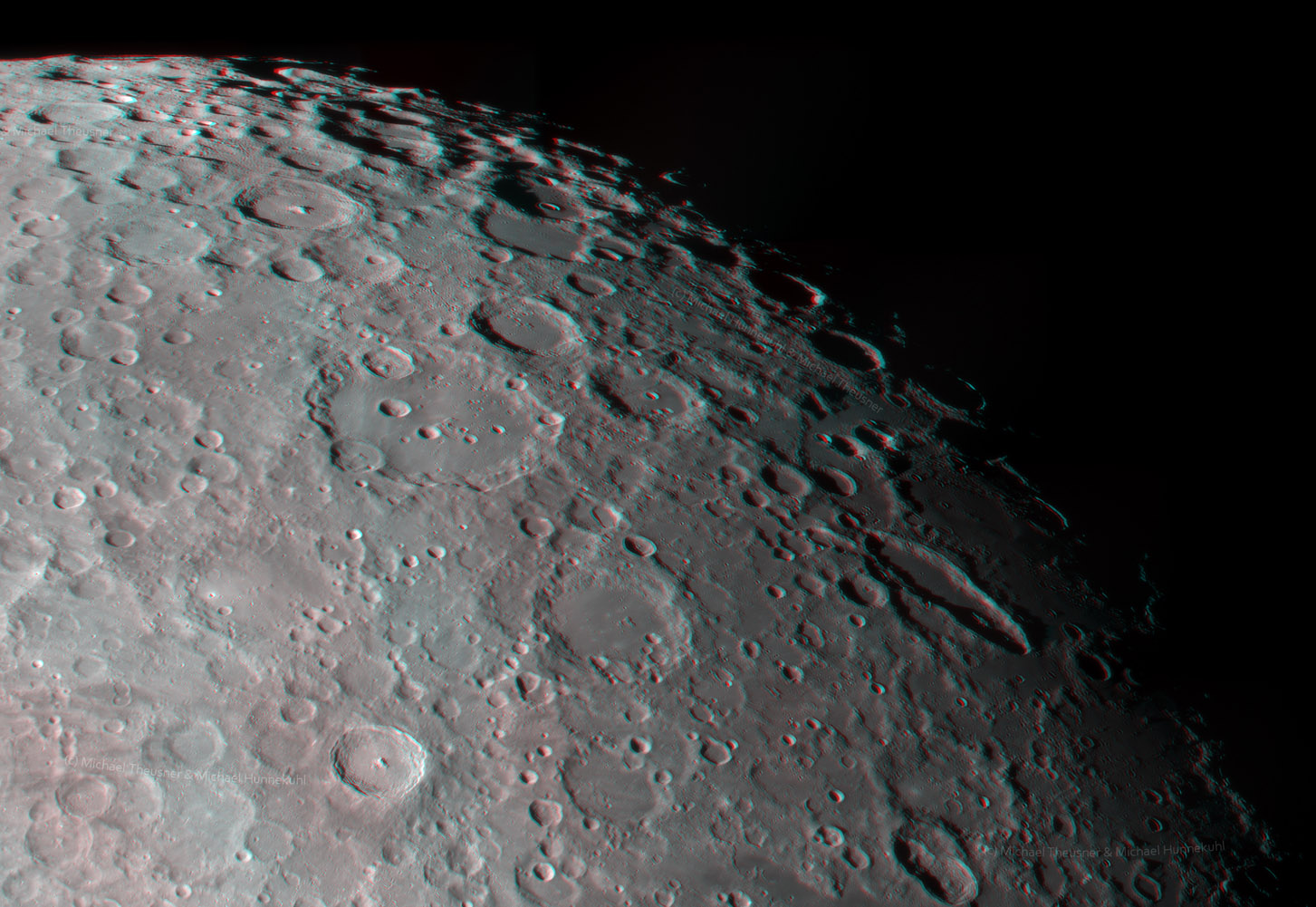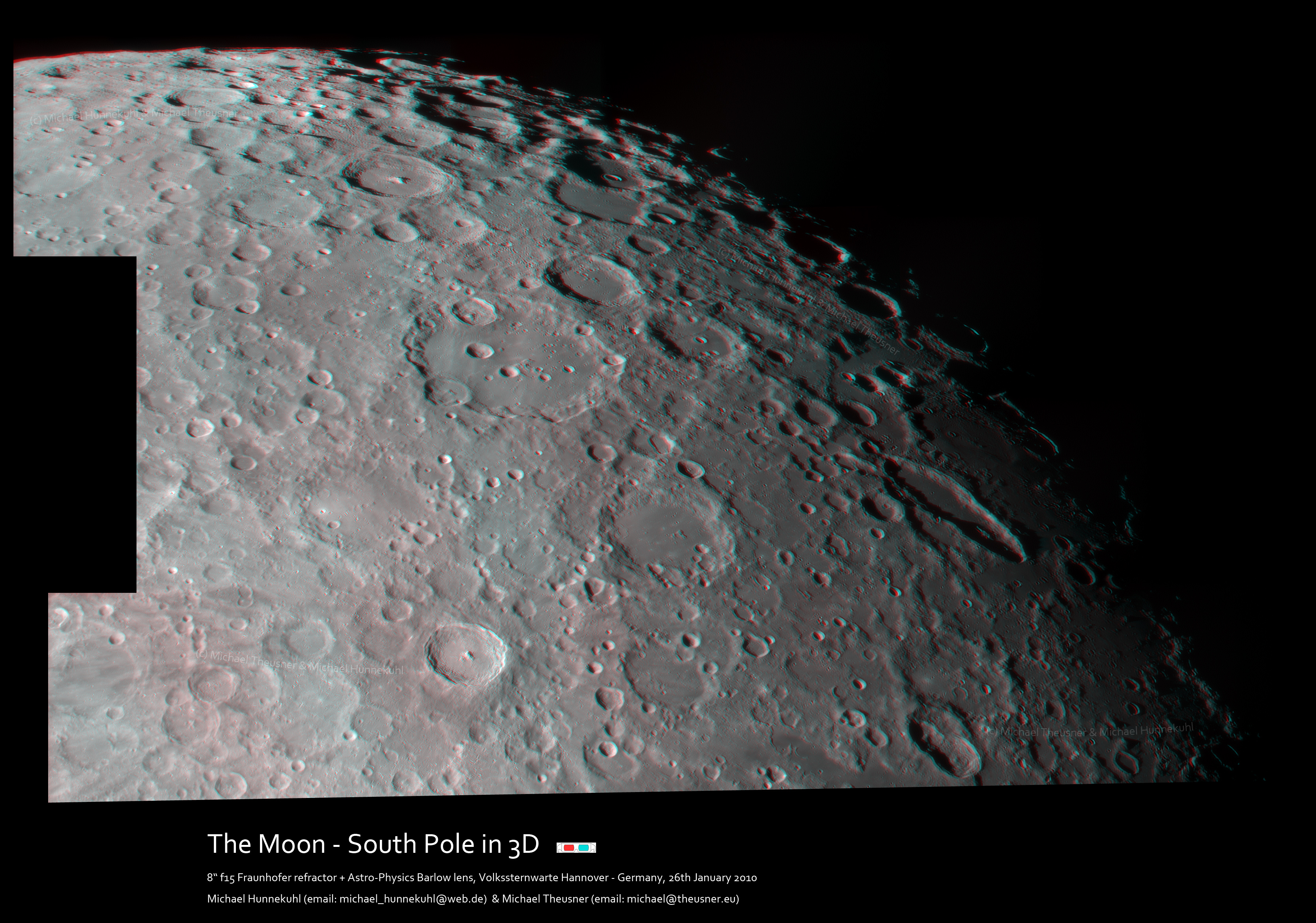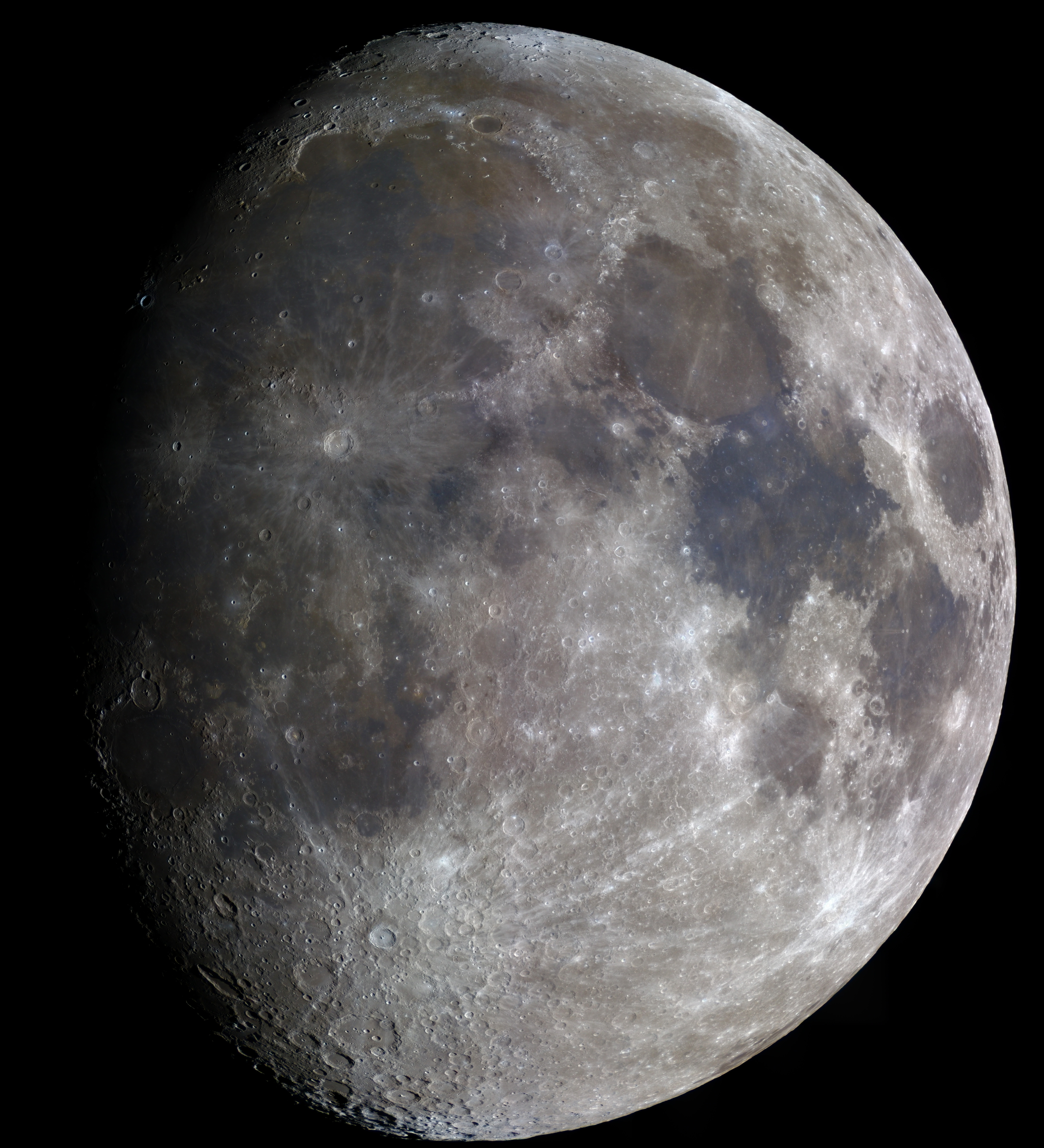Difference between revisions of "May 27, 2010"
| Line 4: | Line 4: | ||
<!-- ws:start:WikiTextHeadingRule:1:<h1> --> | <!-- ws:start:WikiTextHeadingRule:1:<h1> --> | ||
<!-- ws:start:WikiTextLocalImageRule:16:<img src="/file/view/LPOD-May27-10.jpg/145071697/LPOD-May27-10.jpg" alt="" title="" /> -->[[File:LPOD-May27-10.jpg|LPOD-May27-10.jpg]]<!-- ws:end:WikiTextLocalImageRule:16 --><br /> | <!-- ws:start:WikiTextLocalImageRule:16:<img src="/file/view/LPOD-May27-10.jpg/145071697/LPOD-May27-10.jpg" alt="" title="" /> -->[[File:LPOD-May27-10.jpg|LPOD-May27-10.jpg]]<!-- ws:end:WikiTextLocalImageRule:16 --><br /> | ||
| − | <em>image by [mailto:michael@theusner.eu | + | <em>image by [mailto:michael@theusner.eu and [mailto:michael_hunnekuhl@web.de <br /> |
<br /> | <br /> | ||
After all the spacecraft altimetry images it is nice to see some old fashioned telescopic stereo. But I have a bad eye and can't see stereo, so have some questions about this image that I hope some of you ably sighted folks with red-blue glasses might say something about in the Comments section. First, are stereo images like this interesting, and do they work? Second, is there a difference in the stereo effect from the high Sun side (left) compared to areas closer to the terminator? Third, does the [http://the-moon.wikispaces.com/Schiller-Zucchius+Basin Schiller-Zucchius Basin] have a depressed inner area? Fourth, do the pink bands - which were made more pronounced when I made the image 50% smaller than the original - make the entire surface look wavy? Finally, are there any other topographic observations to share? Thanks!<br /> | After all the spacecraft altimetry images it is nice to see some old fashioned telescopic stereo. But I have a bad eye and can't see stereo, so have some questions about this image that I hope some of you ably sighted folks with red-blue glasses might say something about in the Comments section. First, are stereo images like this interesting, and do they work? Second, is there a difference in the stereo effect from the high Sun side (left) compared to areas closer to the terminator? Third, does the [http://the-moon.wikispaces.com/Schiller-Zucchius+Basin Schiller-Zucchius Basin] have a depressed inner area? Fourth, do the pink bands - which were made more pronounced when I made the image 50% smaller than the original - make the entire surface look wavy? Finally, are there any other topographic observations to share? Thanks!<br /> | ||
<br /> | <br /> | ||
| − | <em>[mailto:tychocrater@yahoo.com | + | <em>[mailto:tychocrater@yahoo.com </em><br /> |
| − | <strong>Note</strong> The LPOD image is 50% - | + | <strong>Note</strong> The LPOD image is 50% - <a class="wiki_link_ext" href="http://www.theusner.eu/astro/images/moon/20100126/20100126_South_Pole_3D.jpg"here] is full res if anyone wants to comment on any difference in 3-D effect dependent on scale.<br /> |
<br /> | <br /> | ||
<strong>Technical Details</strong><br /> | <strong>Technical Details</strong><br /> | ||
| − | 01/26/2010 20:30 – 23:00 MEZ. Lichtenknecker Fraunhofer Refraktor 3000 / 200 + Astro-Physics Barlow lens + DMK 31AF03.AS + green filter. Data processing: AVI Stack, Fitswork and Photoshop. The two Michaels recorded two moon mosaics with a time delay of approximately 2 hours and combined them into this 3D photo. The first mosaic is part of a complete color enhanced Moon | + | 01/26/2010 20:30 – 23:00 MEZ. Lichtenknecker Fraunhofer Refraktor 3000 / 200 + Astro-Physics Barlow lens + DMK 31AF03.AS + green filter. Data processing: AVI Stack, Fitswork and Photoshop. The two Michaels recorded two moon mosaics with a time delay of approximately 2 hours and combined them into this 3D photo. The first mosaic is part of a complete color enhanced Moon <a class="wiki_link_ext" href="http://www.theusner.eu/astro/images/moon/20100126/20100126_Mond_final_c.jpg"mosaic.] <br /> |
<br /> | <br /> | ||
<strong>Related Links</strong><br /> | <strong>Related Links</strong><br /> | ||
| Line 18: | Line 18: | ||
<br /> | <br /> | ||
<hr /> | <hr /> | ||
| − | <div>You can support LPOD when you buy any book from Amazon thru | + | <div>You can support LPOD when you buy any book from Amazon thru <a class="wiki_link_ext" href="http://www.lpod.org/?page_id=591"LPOD!</a><br /> |
</div> | </div> | ||
Revision as of 22:18, 2 January 2015
Do It Yourself Lpod

image by [mailto:michael@theusner.eu and [mailto:michael_hunnekuhl@web.de
After all the spacecraft altimetry images it is nice to see some old fashioned telescopic stereo. But I have a bad eye and can't see stereo, so have some questions about this image that I hope some of you ably sighted folks with red-blue glasses might say something about in the Comments section. First, are stereo images like this interesting, and do they work? Second, is there a difference in the stereo effect from the high Sun side (left) compared to areas closer to the terminator? Third, does the Schiller-Zucchius Basin have a depressed inner area? Fourth, do the pink bands - which were made more pronounced when I made the image 50% smaller than the original - make the entire surface look wavy? Finally, are there any other topographic observations to share? Thanks!
[mailto:tychocrater@yahoo.com
Note The LPOD image is 50% - <a class="wiki_link_ext" href=" "here] is full res if anyone wants to comment on any difference in 3-D effect dependent on scale.
"here] is full res if anyone wants to comment on any difference in 3-D effect dependent on scale.
Technical Details
01/26/2010 20:30 – 23:00 MEZ. Lichtenknecker Fraunhofer Refraktor 3000 / 200 + Astro-Physics Barlow lens + DMK 31AF03.AS + green filter. Data processing: AVI Stack, Fitswork and Photoshop. The two Michaels recorded two moon mosaics with a time delay of approximately 2 hours and combined them into this 3D photo. The first mosaic is part of a complete color enhanced Moon <a class="wiki_link_ext" href=" "mosaic.]
"mosaic.]
Related Links
Rükl plate 72 (and others)
COMMENTS?
Click on this icon File:PostIcon.jpg at the upper right to post a comment.



